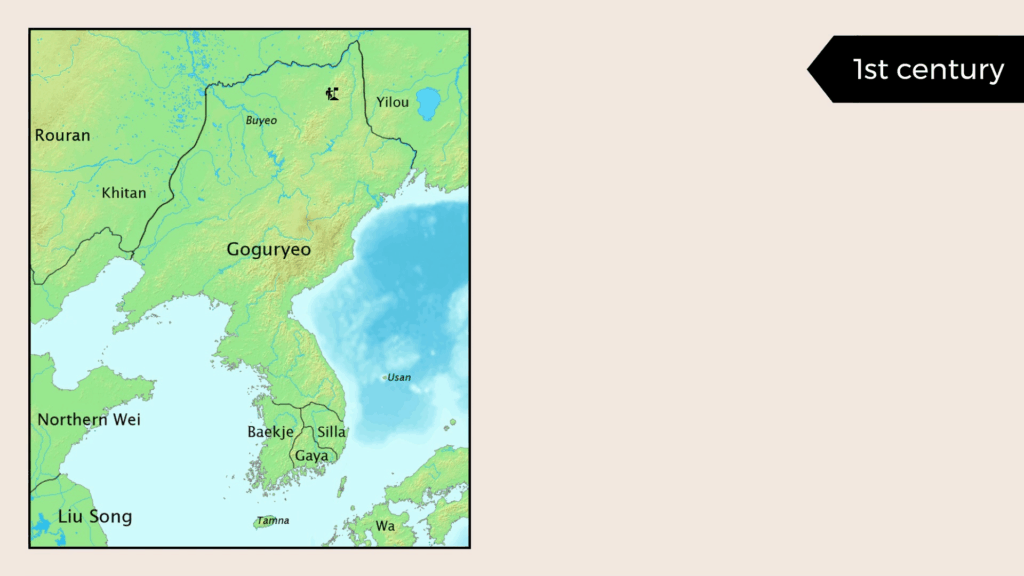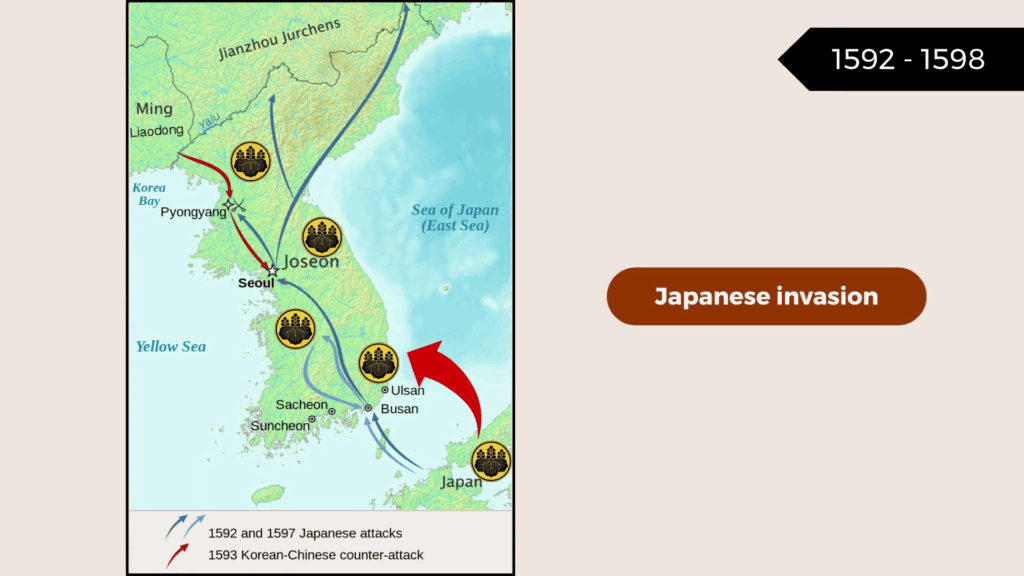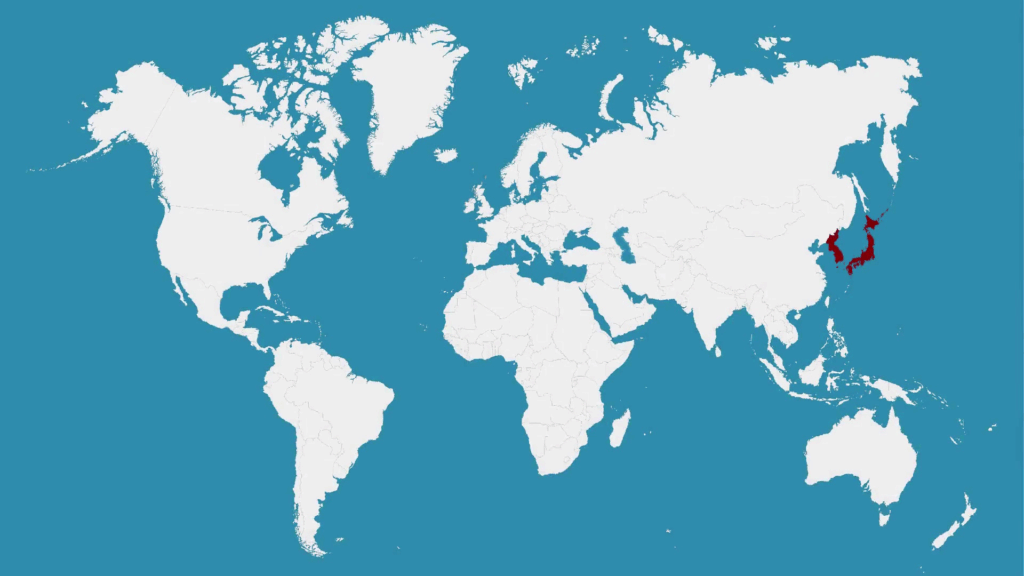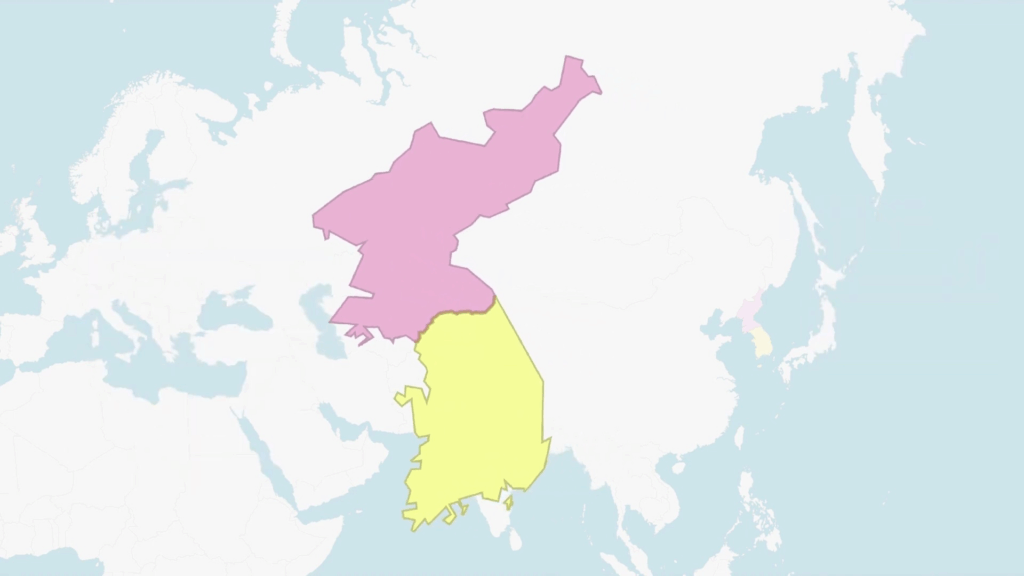Hi everyone! Today I’d like to share a fascinating YouTube video I watched about Korean history — it summarized thousands of years in just six minutes! History can sometimes feel boring, but this video made it simple, visual, and engaging. From Gojoseon to modern Korea, it covered the nation’s incredible journey with clarity and emotion.
It was much easier to understand than what I learned in school. The video presented key historical events in order, helping me grasp the big picture of Korea’s story. So, let’s take a quick journey through Korea’s past together.

The Birth of Korea’s First Kingdom: Gojoseon
According to legend, Gojoseon — Korea’s first kingdom — was founded in 2333 BCE by Dangun Wanggeom, believed to be the grandson of heaven. Gojoseon went through four stages: Dangun Joseon, Gija Joseon, Beonjoseon, and Wiman Joseon.
In 108 BCE, China’s Han dynasty invaded and established four commanderies in northern Korea, of which only Lelang survived for long. Meanwhile, southern Korea was home to Jin State, which later evolved into the confederations of Mahan, Jinhan, and Byeonhan.
The Three Kingdoms: Goguryeo, Baekje, and Silla

By the 1st century CE, three major kingdoms — Goguryeo, Baekje, and Silla — had formed across the Korean Peninsula. Goguryeo expanded north, conquering surrounding lands; Baekje and Silla dominated the south.
In the 6th century, Silla’s power grew rapidly, and by the 640s, it allied with Tang China to conquer first Baekje, then Goguryeo, creating what we now call Unified Silla. In the north, Balhae emerged, founded by King Go. By the late 9th century, Silla split into three successor states — Later Silla, Later Baekje, and Taebong — before being unified again by Goryeo in 935 CE.
The Goryeo and Joseon Dynasties

In 918, King Taejo Wang Geon founded the Goryeo Dynasty, claiming succession from Goguryeo. Its capital was Gaeseong, and it united most of the peninsula. However, from 1230 to 1270, Goryeo suffered repeated Mongol invasions and became a tributary to the Yuan Dynasty.
After a coup, General Yi Seong-gye overthrew Goryeo and established the Joseon Dynasty in 1392, moving the capital to Hanyang (modern Seoul). During King Sejong’s reign, Joseon saw major reforms in administration, science, and culture — most notably the creation of the Korean alphabet, Hangul.
Joseon later faced devastating wars, including the Japanese invasions (1592–1598), and subsequent invasions from the Manchus, becoming a tributary to Qing China.
🇯🇵 From Isolation to Japanese Colonization

In the 19th century, Joseon adopted an isolationist policy, earning the nickname “Hermit Kingdom.” But foreign powers forced Korea to open its borders, leading eventually to Japanese colonization.
After the First Sino-Japanese War, Korea gained formal independence from China. In 1897, King Gojong proclaimed the Korean Empire, but after Japan’s victory in the Russo-Japanese War, Russia lost its influence.
In 1910, Japan officially annexed Korea under the Japan-Korea Annexation Treaty. Over 5 million Koreans were forced into labor, and an estimated 200,000 women were enslaved as “comfort women.”
Division and the Korean War

After World War II ended in 1945, Japan surrendered, and Korea was divided at the 38th parallel — the north occupied by the Soviet Union, the south by the United States.
In 1948, two separate governments formed: North Korea (DPRK) and South Korea (ROK). Then, in 1950, North Korea invaded the South, starting the Korean War. The war ended in 1953 with no peace treaty, leaving Korea divided by the DMZ to this day.
Watching this part truly broke my heart. One people, separated by ideology, fighting against each other — I hope for peace and reunification in the future.
Modern Korea: Growth and Challenges

After the war, South Korea achieved rapid growth known as the “Miracle on the Han River.” Major conglomerates like Samsung, Hyundai, LG, and SK rose, transforming the nation into a global economic powerhouse. In 1987, South Korea transitioned to constitutional democracy.
Today, South Korea is a developed country and a global cultural leader, spreading Hallyu (the Korean Wave) worldwide. From K-dramas to K-pop, Korean creativity shines on the global stage.
Meanwhile, North Korea adopted communism under Soviet influence. The collapse of the Soviet Union in 1991 devastated its economy. In the 21st century, Kim Jong Il and later Kim Jong Un pursued nuclear weapons, fueling ongoing tensions. In 2018, leaders of both Koreas met at Panmunjom, pledging to work toward peace.
The Meaning of Korean History and Its Future
Looking back, Korea’s history is a story of resilience. From ancient Gojoseon to modern Seoul, Koreans have overcome invasions, division, and hardship while preserving their culture and identity. The creation of Hangul, the rise of democracy, and the success of K-culture all reflect the spirit of perseverance.
Though the peninsula remains divided, I believe peace and reunification will come someday. Understanding history is not just about the past — it’s the first step toward a better future.
